Table of Contents
Just a few weeks ago I wrote a final review article of the gen9 Lenovo Legion Pro 7i series, stating that a successor was due at the beginning of 2025, and now it’s time to discuss this successor.
The early-2025 10th generation of the Lenovo legion Pro 7i series is a complete revamp of the previous chassis, with a brand new design and internals, updated inputs and IO layout, an OLED display, and the latest hardware specs from Intel and Nvidia. Unlike in the past, there’s no AMD Legion Pro 7 version, as AMD Fire Range HX configurations are only offered with the mid-range Legion Pro 5 series (which we’re discussing in a separate article).
I’m glad Lenovo decided on completely remaking the Legion Pro, as the previous iteration struggled with thermals in games and didn’t offer all the latest features available on high-performance notebooks. That’s changing with the gen 10 2025 model, as you’ll see in a bit.
But first, a spec sheet of the 2025 and 2024 Legion Pro 7 lineups, and then we’ll discuss the novelties of the 2025 series, with a detailed review to follow later in the year.
Lenovo Legion Pro 7i gen 10, vs. 2024 Gen 9 model
| Lenovo Legion Pro 7i (Gen 10, 2025) | Lenovo Legion Pro 7i 16IRX9H (Gen 9, 2024) | |
| Screen | 16-inch, 16:10, glossy, non-touch, OLED QHD+ 2560 x 1600 px , 240 Hz 1ms, 500 nits SDR, 100% DCI-P3 colors |
16-inch, 16:10, matte, non-touch, IPS QHD+ 2560 x 1600 px , 240 Hz 3ms w/Overdrive, 500 nits SDR, 100% DCI-P3 colors |
| Processor | Intel Arrow Lake-HX, up to Core Ultra 9 275HX, 8PC+16Ec/24T, up to 5.3 Ghz |
Intel 14th-gen Raptor Lake Refresh HX, Core i9-14900HX, 8PC+16Ec/32T, up to 5.8 Ghz |
| Video | Arc + up to NVIDIA GeForce RTX 5090 24GB 175W, with MUX, Advanced Optimus, and GSync |
Intel UHD + up to NVIDIA GeForce RTX 4090 16GB 175W, with MUX, Advanced Optimus, and GSync |
| Memory | up to 64 GB DDR5-6400 (2x DIMMs) | up to 64 GB DDR5-5600 (2x DIMMs) |
| Storage1 | 1x M.2 2280 PCIe gen5, x M.2 2280 PCIe gen4 SSD slots | 2x M.2 2280 PCIe gen4 SSD slots |
| Connectivity | WiFi 7, Bluetooth 5.4, 2.5G Lan | WiFi 6E (Killer 1675i), Bluetooth 5.2, Gigabit Lan |
| Ports | Left: DC-In, HDMI 2.1, 1x USB-C with Thunderbolt 4, 1x USB-C 3.2 with PD, 1x USB-A gen2 Right: 2x USB-A 3.2 gen1, RJ45, audio jack, eShutter button |
Left: 1x USB-C 3.2 with Thunderbolt 4, 1x USB-A gen1 Right: 1x USB-A 3.2 gen1, audio jack, eShutter button Back: 2x USB-A gen1, 1x USB-C gen2 (DP, power), HDMI 2.1, LAN, DC-In |
| Battery | 99.9 Whr, up to 400 W GaN power adapter, USB-C charging up to 140W | 99.9 Whr, 330 W GaN power adapter, USB-C charging up to 140W |
| Size | 364.4 mm or 14.34” (w) x 275.9 mm or 10.86 (d) x 21.9 – 26.65 mm or .86″ – 1.04” (h) | 363.5 mm or 14.31” (w) x 262.1 mm or 10.32 (d) x 21.95 – 25.9 mm or .86″ – 1.02” (h) |
| Weight | from 2.72 kg (6 lbs) + charger | 2.63 kg (5.8 lbs) + .95 kg (2.1 lbs) for the charger+cables, EU version |
| Extras | clamshell design with 150-display, updated vapor chamber cooling, per-key RGB backlit keyboard with NumPad, 1.6 mm travel, PTP clickpad, 4x speakers, 5MPx webcam with eShutter, available in Eclipse Black |
clamshell design with 180-display, vapor chamber cooling, per-key RGB backlit keyboard with NumPad, 1.5 mm travel, PTP clickpad, 2x 2W stereo speakers, FHD webcam with eShutter and Tobii Horizon, available in Eclipse Black |
Design and functionality
The gen10 Legion Pro has almost nothing in common with the previous gen9 from 2023/2024. You’d expect continuity between generations, but Lenovo decided to give the series a fresh new start, and for good reasons as the gen9 struggled at certain tasks.
This new model is larger and heavier. It’s still an all-metal build with an Eclipse Black color scheme, but the aesthetics are a little heavier on branding and RGB elements, with the backlit LEGION naming on the lid and some lightbars around the front lip and around the exhausts on the back. They’re all individually controllable in the new Legion Space control software and can be switched off if so desired.
A quick glance at these pictures will quickly show you that the ergonomics of this series have changed. There are no ports on the back edge anymore, which is instead reserved entirely for cooling, while the IO was moved on the left and right edges. There are no exhaust grills here, so Lenovo were able to spread these ports along the entire sides. There’s mostly everything you’ll want here, with still the exception of a card reader or a lock. Most of the important connectors are on the left side, but the Lan port is on the right. And BTW, this 2025 series supports 2.5G LAN speeds now. There’s still a camera e-switch, but the camera has been updated to a 5 MPx shooter (still without IR?).
As far as I can tell, the screen no longer opens back flat on this gen10 Legion Pro, due to the hump behind it and the cooling elements housed inside. That’s fine for desk use, but limiting for potential leg or couch use.
Ergonomics seem mostly fine otherwise, perhaps except for that overly bright power button. The build quality should be pristine as well. I’ll need to spend more time with the laptop to figure everything out in actual use.
Build and aesthetics aside, Lenovo have also updated the display and inputs on this notebook.
They’re still implementing a TrueStrike SteelSeries keyboard with per-key RGB control and interchangeable WASD key-caps, but the travel of the keys is a little deeper at 1.6 mm and the dash in them is .3 mm. The layout hasn’t changed, with still full-sized and properly spaced directional keys and a NumPad section at the right.
Above the keyboard, just under the screen, you will notice some speaker cuts, because Lenovo finally implemented a set of 4x speakers on this Legion, with two tweeters and two main speakers on the bottom.
And then there’s the display, which is no longer IPS or even mini LED as on the Legion 9i, but instead, Lenovo decided on an OLED panel.
It’s supposedly brighter than the average OLED and 500+ nits, but otherwise comes with all the pros and quirks expected from an OLED. Image quality is spectacular, with punchy colors and deep contrast, and the gaming experience is enhanced by the 240Hz refresh rate and the quick 1ms response times. On the other hand, this is a glossy display and you’ll have to make do with reflection and glare in certain conditions.
Seeing an OLED on this Legion, I’m curious about how Lenovo handled flickering at lower brightness, as that’s my major nit with OLED technology today since burning is no longer as much of a concern if using the screen consciously.
Hardware and cooling
The Legion Pro 7i gen10 is built on an Intel Arrow Lake-HX platform with RTX 5070/5080/5090 graphics chips and up to 64 GB of LPDRR5-6400 memory. The laptop offers two memory slots and two SSD slots, one of them supporting PCIe 5.0 speeds.
As mentioned earlier, there’s no AMD configuration of the Pro 7, but Fire Range hardware is offered on the Legion Pro 5 with up to RTX 5070 graphics. So that means there’s no Ryzen 9 9955HX3D + top-tier RTX 5000 graphics configuration available from Nvidia this year, at least for now.
The hardware is cooled by a vapor chamber with dual fans and rear heatsinks, a solution Lenovo calls the “Legion ColdFront Vapor with hyperchamber technology”. It’s supposed to ensure 250W of crossload sustained power on the highest-performance profile, while the previous generation Legion Pro 7i gen9 could only handle up to 220W, and with high external temperatures.
In fact, thermals were rather problematic with the previous Legion, not necessarily internally on the CPU and GPU, but at the keyboard and arm-rest level, where the chassis did a poor job isolating internal heat from the areas that you’d come in contact with. Hopefully, this 2025 generation will do a better job at it. I’d also hope for better-polished mid-level and silent profiles, for those interested in minimizing noise levels but still be able to run applications and games fluently. The marketing materials mention a revised Legion Space unified control app for the 2025 generations of Legions, alongside some AI functionalities that might come in handy. Legion Space replaced the Lenovo Vantage control app of past years.
These aside, the hardware is paired with a 99.99 Wh battery and up to a 400W power brick, a fair bump from the 330W charger used on past Legions.
The Legion Pro 7i gen10 is expected in stores around March 2024, starting at $2399 for what’s most likely an RTX 5070 configuration. Seems rather pricey. In fact, the previous Legion Pro 7i gen9 was among the best-priced options in its tear, and it seems that’s no longer being the case with the gen10, at least at launch. Not a surprise, though, given everything offered here.
All in all, I’m excited about this generation of the Legion Pro 7i. Pairing the new chassis with an OLED display and the latest hardware specs and what’s hopefully a properly cooled design is a potential recipe for bringing back the laurels that the Legion 7 Pro series earned 3-4 years ago in the premium segment of performance and gaming notebooks.

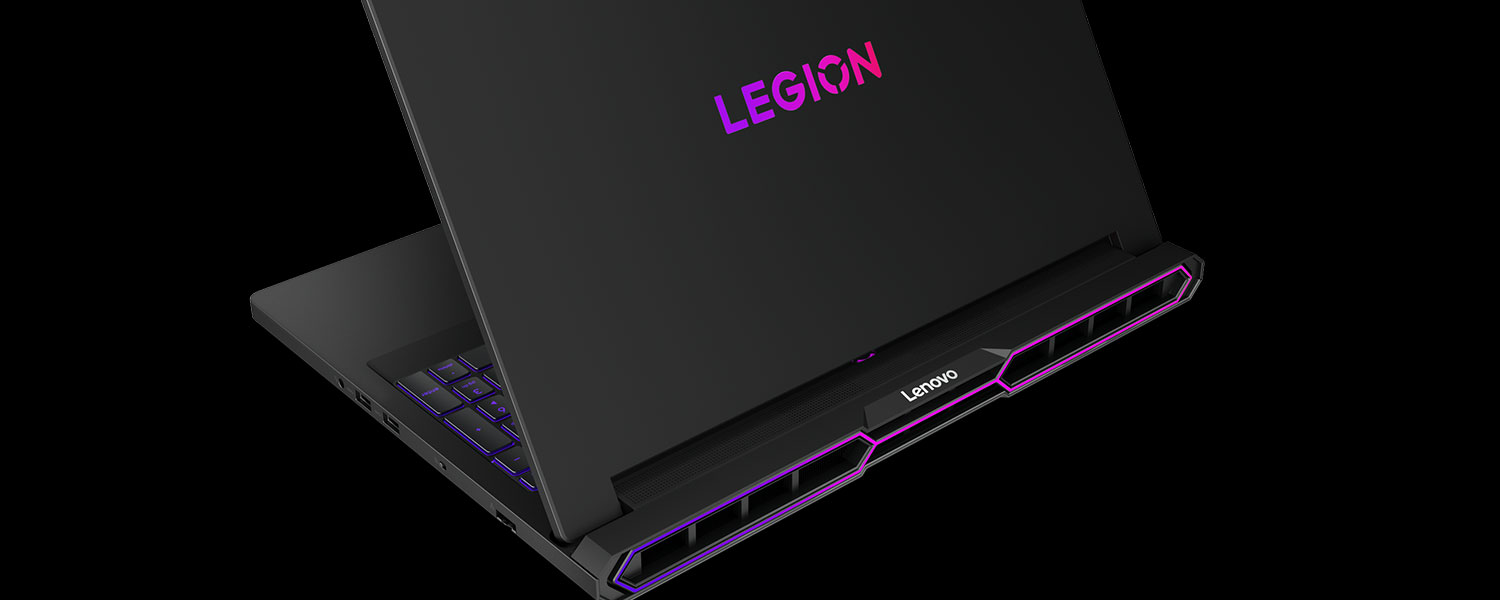
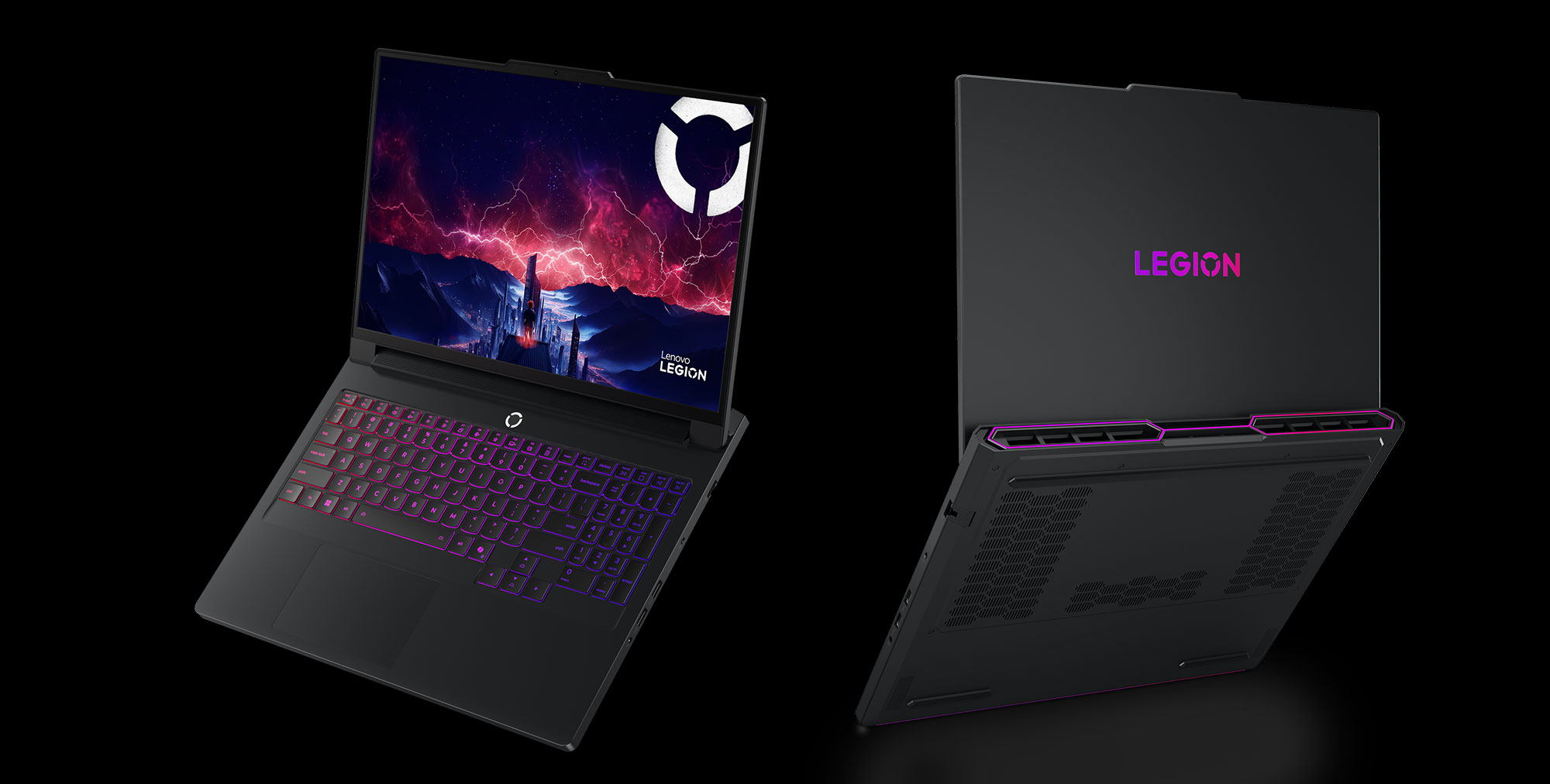

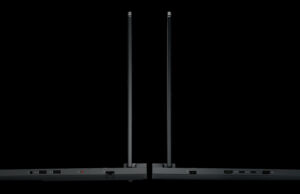
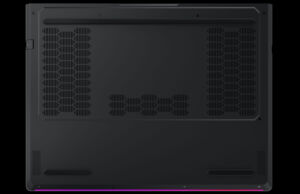
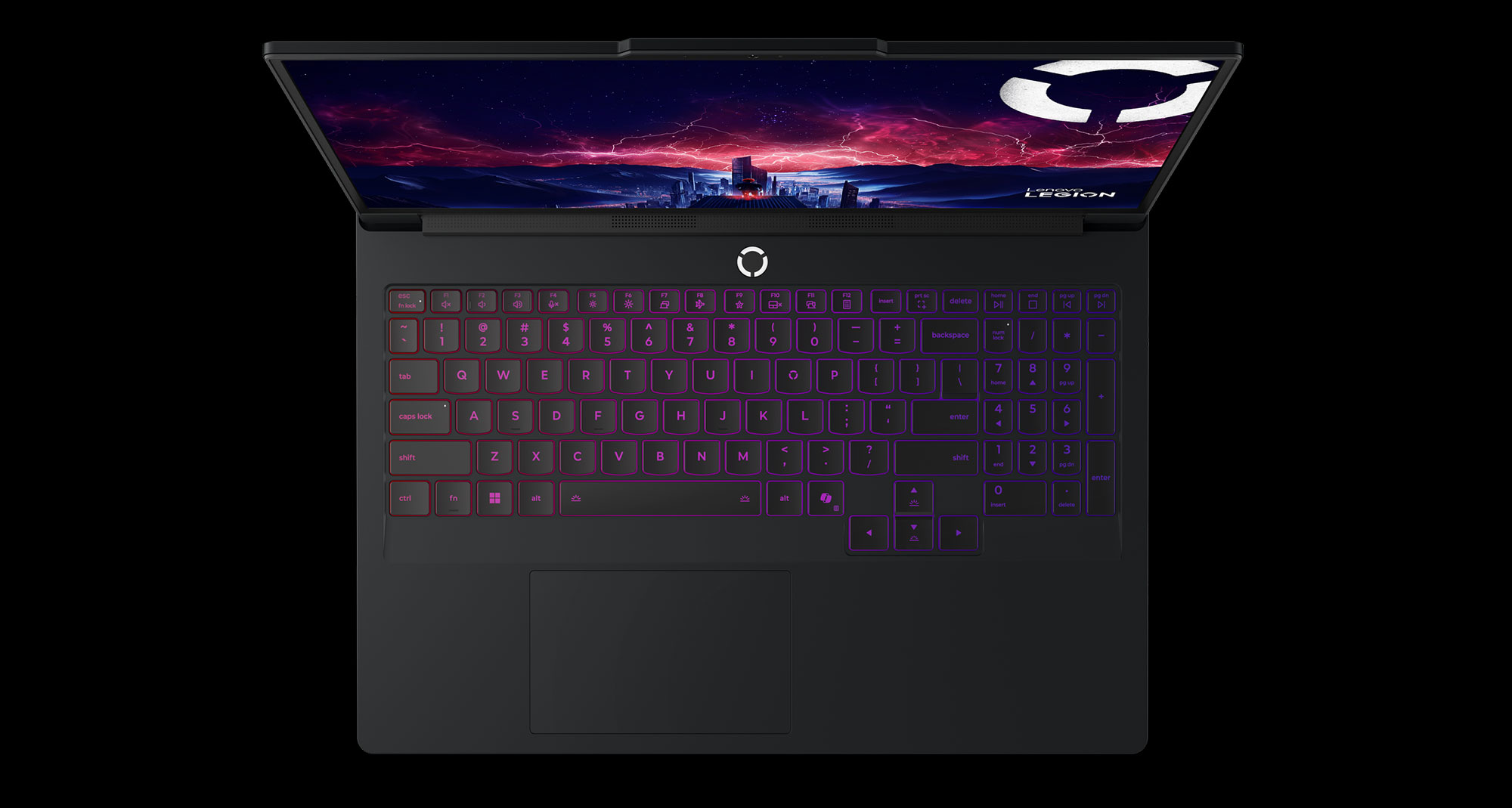
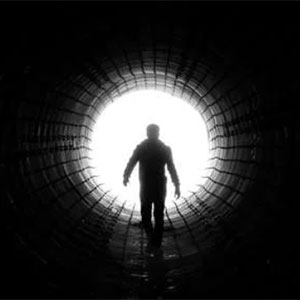
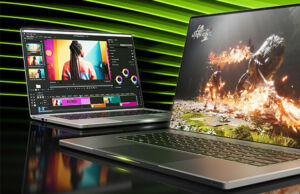
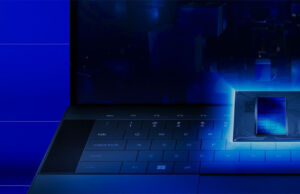
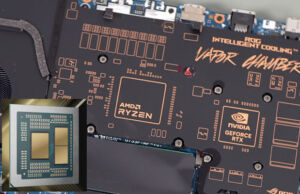
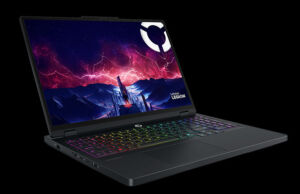
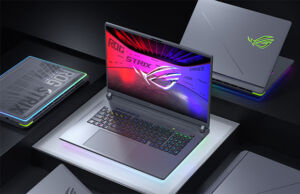
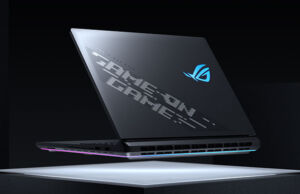
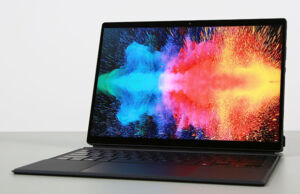

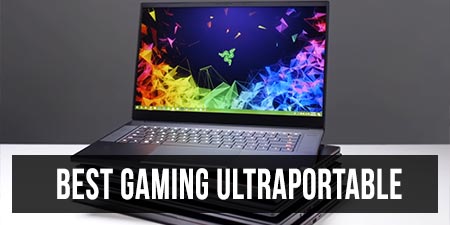
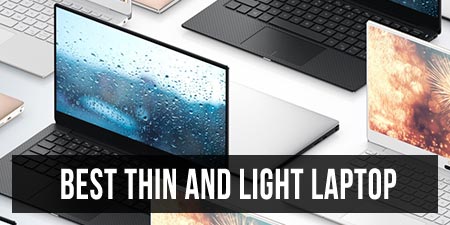
Altandmain
January 7, 2025 at 11:07 pm
Hopefully they offer an AMD configuration – the 9955HX3D is a very good CPU that AMD just announced at CES and I think it will be the best mobile gaming CPU.
With the OLED, there's less of a reason for buying the Legion 9, unless you want the brightness of the Mini-LED.
I hope they upgraded the speakers and improved the temperatures of the touch areas, as those were flaws of the older Legion 7 series.
Teqtonix
January 9, 2025 at 9:49 am
I’m crossing my fingers hoping that they fixed the keyboard rigidity issues from the 2024 model. The WASD area, arrow keys, and numpad had pretty bad flexing issues last year.